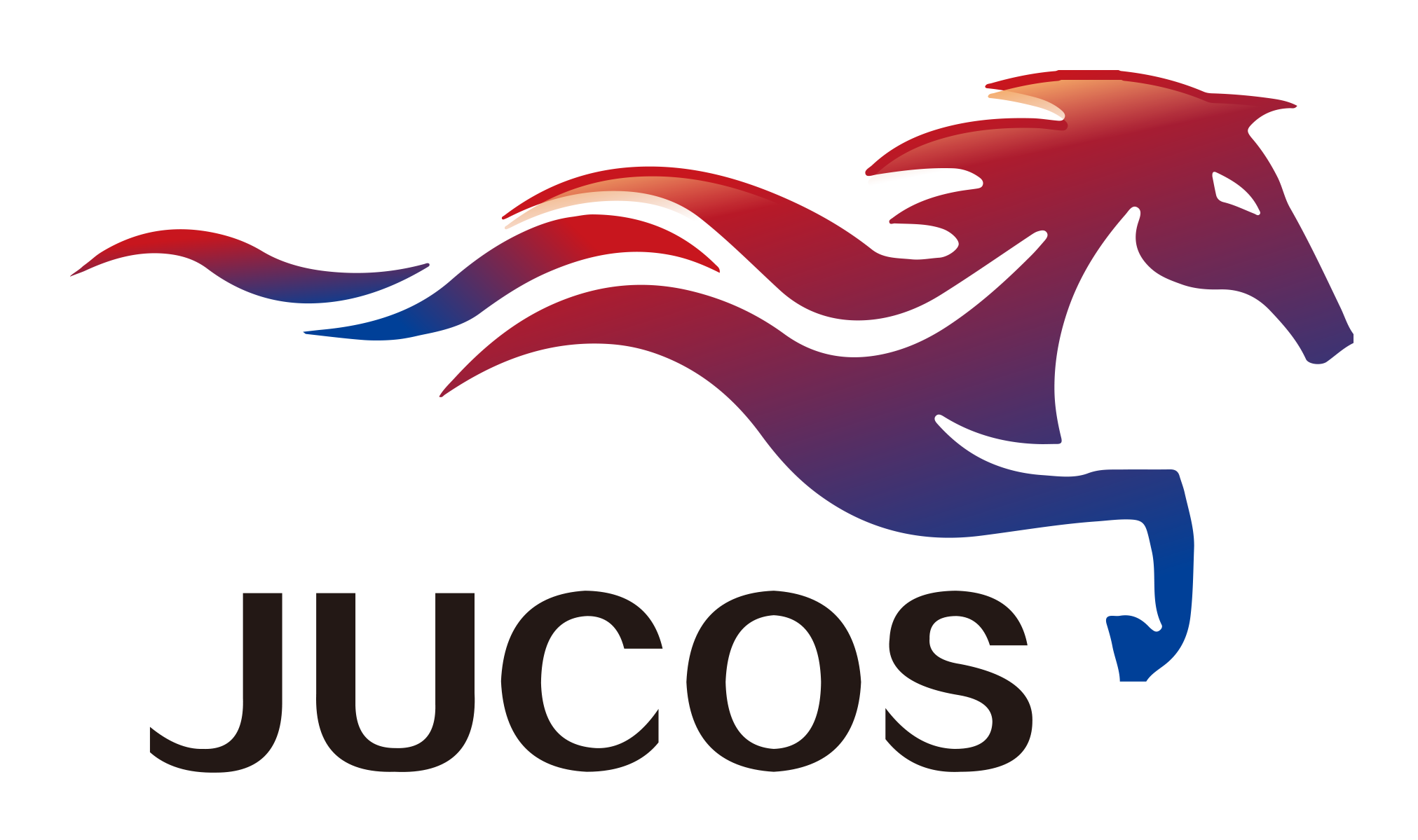Effect of Organic Acids on Corrosion Resistance of magnesium Alloy AZ31 Sheet (一)
This is a joint research paper from Denmark and Germany. Pickling is an effective method to remove contaminants. Manegsium alloys without any surface contamination show a lower corrosion rate than contaminated surfaces. The vast majority of pickling uses inorganic acids, such as chromic acid, phosphoric acid, hydrochloric acid, and nitric acid in varying concentrations. Organic acids are rarely reported. Only a few studies on acetic acid pickling have been reported. The results show that acid pickling can significantly reduce the corrosion of AZ31 magnesium alloy, and acetic acid can remove more materials from the surface of the sample after cleaning, with better results.
The test material is AZ31 magnesium alloy, using three pickling techniques. The acid includes acetic acid, oxalic acid and citric acid. Each acid is designed in three concentrations. For acetic acid, choose higher and lower concentrations and longer and shorter cleaning times. For oxalic acid and citric acid, several tests were conducted before the concentration was selected. Lye is used to remove grease before acid cleaning. Neutral salt spray test was performed after pickling of 50×50×2mm samples. Calculate the weight difference before and after cleaning, and then convert to thickness loss. The 50×20×2mm samples were used for surface analysis, including surface roughness analysis, surface element analysis, surface topography analysis, infrared spectroscopy analysis and surface electrochemical impedance analysis.
The thickness loss of AZ31 varies greatly under different acid concentration and soaking time. For all acids, the thickness loss increased with the extension of soaking time, except for the soaking of 80 g/l oxalic acid for 120s. For most samples, the rate decreased with increasing soaking time, but there were a few exceptions. The cleaning rate of low concentration acetic acid decreased steadily, but for high concentration acetic acid, the cleaning rate first decreased and then increased with the extension of soaking time. The cleaning rate of citric acid was fairly stable, while the cleaning rate of oxalic acid decreased with the extension of soaking time and dropped sharply at the highest concentration.
AZ31 magnesium alloy after cleaning in acetic acid or citric acid has a gray surface appearance. The use of oxalic acid results in a brownish speckled surface appearance with some loose dust deposition products. Pickling has obvious effect on surface roughness. When the material removal exceeds 5 microns, the trend of roughness increase is particularly obvious.
All acids successfully removed Ni impurities from the surface, with acetic acid and oxalic acid achieving impurity levels comparable to the bulk. All acids successfully removed surface Fe impurities, and the treated samples in acetic acid and oxalic acid showed lower levels of iron impurities than the standard ingredients. The removal of surface Cu impurities by acetic acid is good, but oxalic acid and citric acid sometimes lead to the increase of surface Cu impurities.











